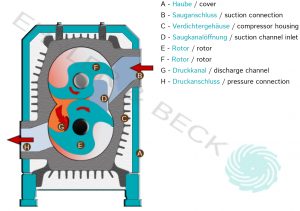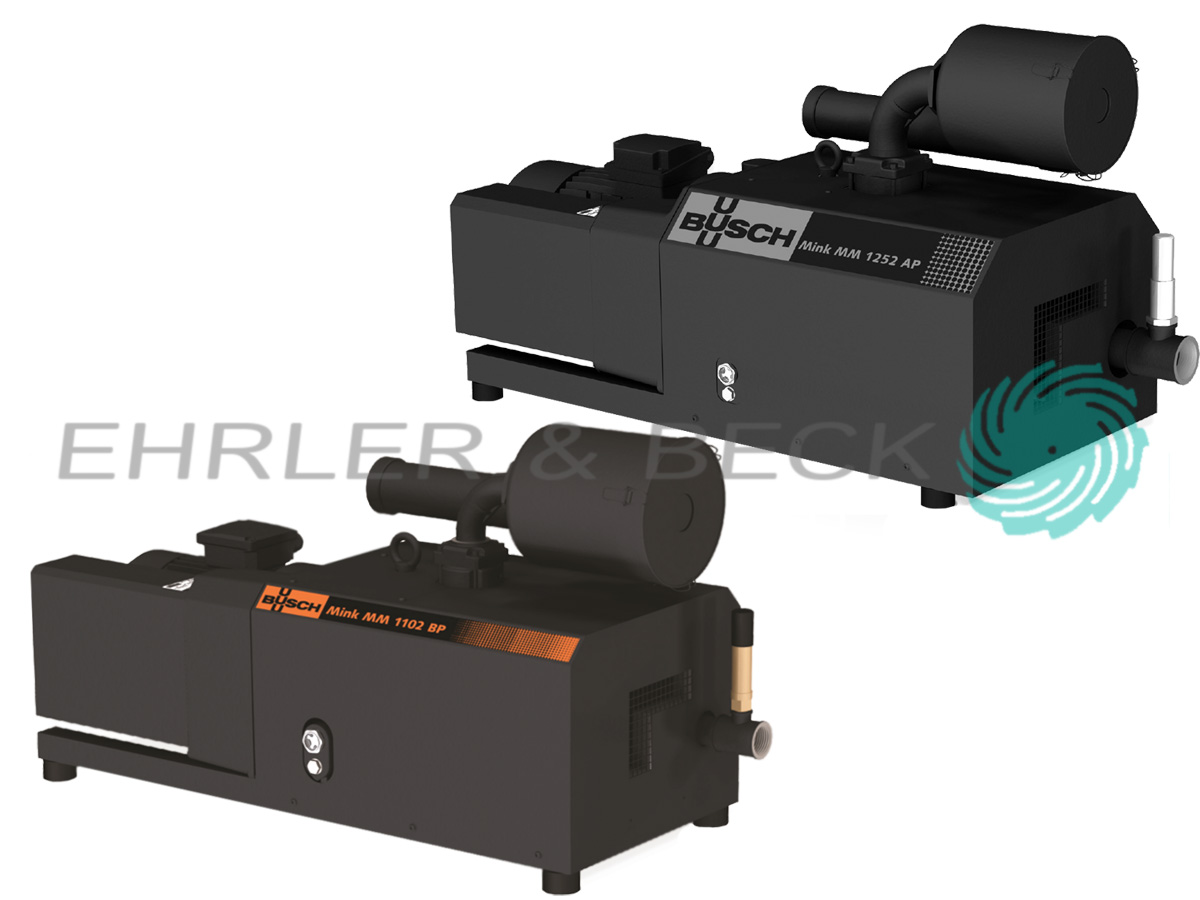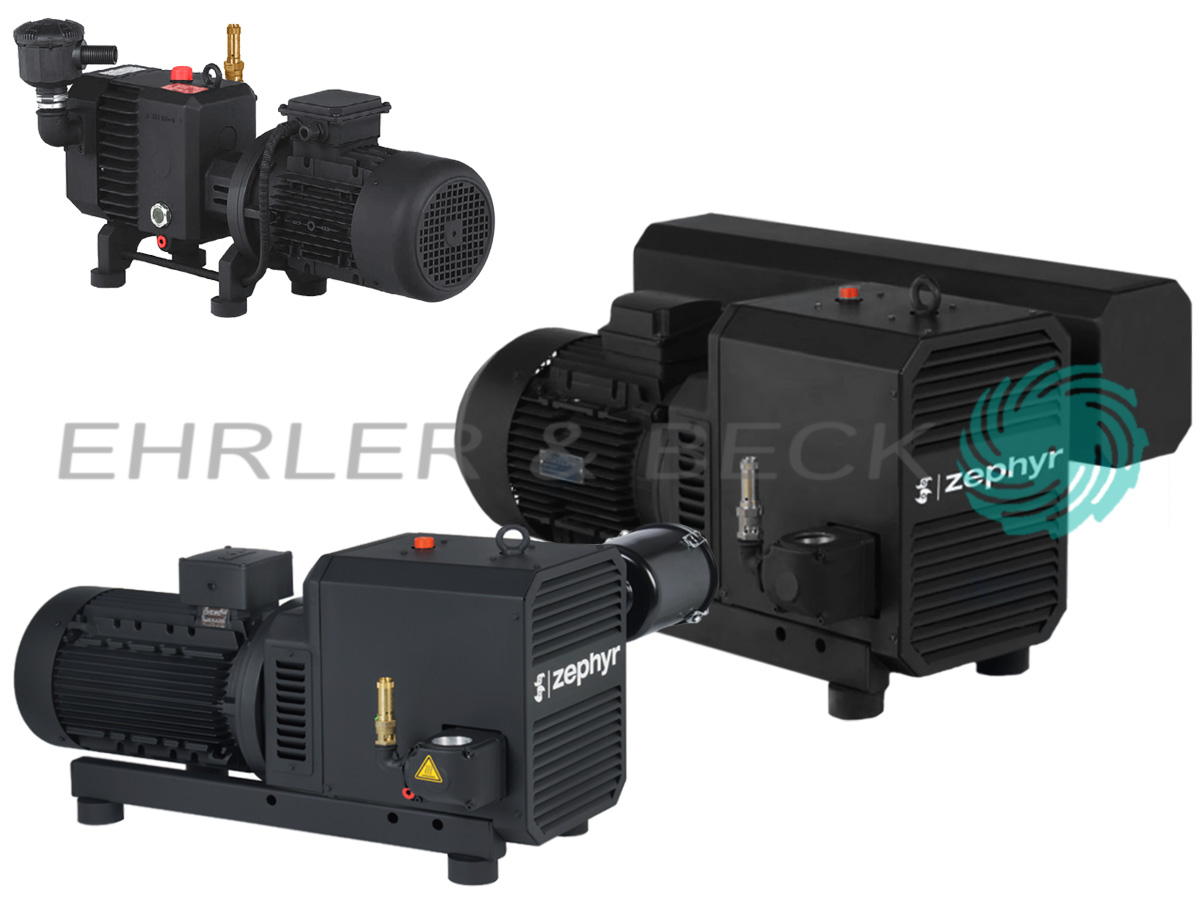CLAW COMPRESSOR
Claw compressors have been specially developed for industrial applications in which constant negative pressure, high pumping speed and complete oil free compression are essential. Compared to the traditional rotary lobe pump design, air with considerable energy saving, due to non-contact rotor blade design and operation without oil or other operating fluids. Also eexplosion-proof types with reduced outlet are available, as well ATEX compliant compressors.
The advantages at a glance
- Reliable and resilient
- No oil in the compressor room
- No dust in the Balluff
- No additional bearing lubrication necessary
- Long downtimes
- Available with integrated frequency converter
- Low noise level
- Very low maintenance
- Dry, non-contact compaction
- Comprehensive range of accessories
- Few components
application areas
industry in general
- extraction systems
- drying plants
- industrial furnaces
Pneumatic conveying
- pressure conveyor systems
timber industry
- extraction systems
- holding devices
- clamping devices
printing industry
- Central air supply
environmental engineering
- extraction systems
- ventilation
- drying
Chemical industry
- gas compression
The advantages at a glance
- reliable and resilient
- no oil in the compressor room
- no dust in the Balluff
- no additional bearing lubrication necessary
- long downtimes
- available with integrated frequency converter
- low noise level
- very low maintenance
- dry, non-contact compaction
- comprehensive range of accessories
- few components
application areas
industry in general
- extraction systems
- drying plants
- industrial furnaces
Pneumatic conveying
- pressure conveyor systems
timber industry
- extraction systems
- holding devices
- clamping devices
printing industry
- Central air supply
environmental engineering
- extraction systems
- ventilation
- drying
Chemical industry
- gas compression
operating principle
Similar to the rotary vane and rotary piston compressors, the claw compressor is based on a static compression system. Inside the compressor housing (C) two rotors (E, F) in the opposite direction non-contact with very narrow gaps. They are synchronized via a precision gear. When the claw is over the suction port (B) and the axial suction channel opening (D) moves, the gas is sucked into the compression chamber. As the rotors rotate, the gas is transported from the suction side to the pressure side, where it is pressed or compressed between the rotors by reducing the volume until the lower rotor closes the opening of the pressure channel (G) releases. The pre-compressed gas is fed through the pressure connection (H) excluded. The heat generated by the compression process is dissipated by cooling air passing between the pump casing (C) and a soundproof hood (A) is sucked through.
* This description does not reflect each manufacturer's approach to the technology, but represents a general description that attempts to include the basic operating principle.
THE DELIVERY PROGRAM FROM EHRLER & BECK INCLUDES THE FOLLOWING SERIES:




